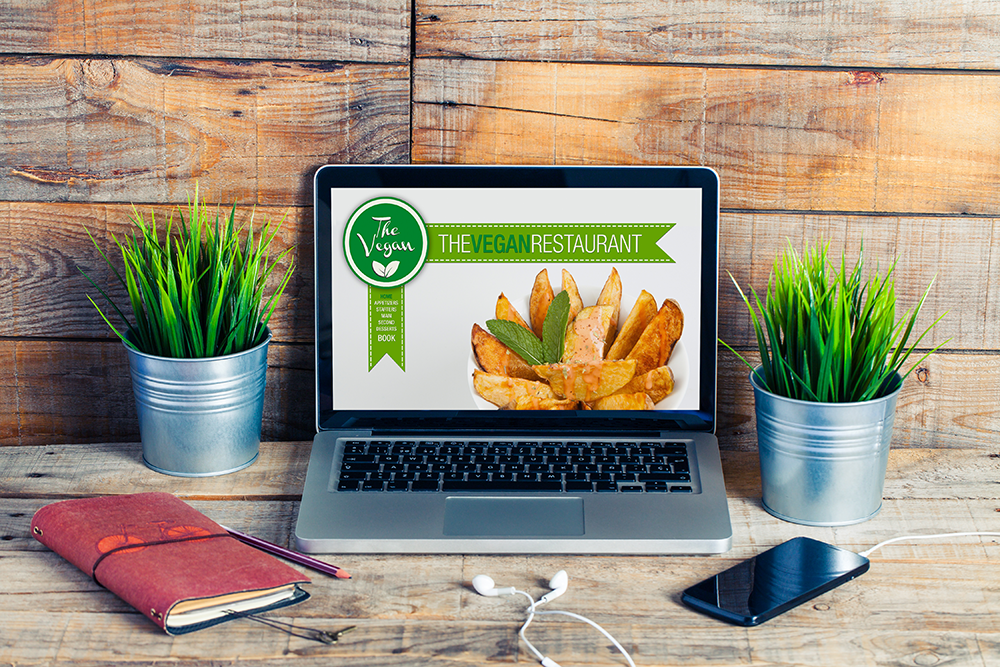By Briana Hilton, Contributor
96% of Americans have made an online purchase in their life, with 80% making at least one online purchase in just the last month alone. However, even with the rising popularity of purchasing goods and services online, trying your hand at ecommerce to boost your restaurant’s sales can oftentimes seem like a difficult and stressful endeavor.
Thankfully, there are a number of ways that you can naturally increase your restaurant’s sales through ecommerce — such as through social media marketing, having a high quality website, and more.
The Power of the ‘Gram
Social media marketing is a great way to boost your restaurant’s ecommerce sales, and can benefit your restaurant in several ways.
The most obvious way to get started is by gaining a following on social platforms, such as Instagram, in order to drive traffic back to your website. This can be achieved by posting high quality content — such as videos and photos of food, merchandise, and other images that deliver your intended messages to your audience.
Using strategies such as posting regularly, interacting with potential customers, providing information, and connecting with other successful ecommerce brands (as well as always linking back to your site) can also help boost sales in the long run, too.
It’s worth mentioning that social media marketing can also help cater to a wide and diverse audience. For instance, if you’re looking to target a young audience, 75% of Instagram users are between the ages of 18 and 24. Additionally, 89% of the platform’s users are also from outside of the United States, according to Hootsuite, which can make it the ideal marketing platform for restaurants looking to expand their franchise in other countries.
Ultimately, social media marketing can not only boost your sales, but can boost brand authority, engagement, and drive traffic to your website, making it a powerful tool for any restaurant.
The Benefits of a High-Quality Restaurant Website
Believe it or not, but your restaurant’s website alone can do a lot in terms of boosting sales, especially when it’s designed the right way.
For example, by using high quality images and organizing your site’s pages, along with providing quality content — like in the form of updated information about your restaurant, your menu, the services/products that you offer, and even a blog -- you can effectively make the most out of your website.
Additionally, updating your site to allow for multiple payment methods (including those like PayPal, etc.) can also add to the quality of the user experience and make it more accessible to potential consumers. In doing so, you can make your website not only more user-friendly, but can make it a quality site that users will want to visit and purchase from.
Email Marketing Can Help
Your restaurant’s website can also help you build an email list by creating a pop-up email capture form. Oftentimes, offering some type of value in exchange for a visitor’s email can help with conversion metrics.
For example, you could offer value in the form of a weekly/monthly newsletter, free delivery, or a coupon for visiting your location. By collecting emails, you’ll be able to make the most of email marketing by sending potential guests valuable information and offers directly to their phone or desktop. This can further boost your restaurant’s sales long-term while creating a valuable customer base at the same time.
Boosting your restaurant's sales via ecommerce can seem like a stressful and time-consuming task. However, by utilizing methods such as creating a quality website, using email marketing and social media marketing, you can effectively make the most of your resources and work towards success.
Photo by Igor Miske on Unsplash














